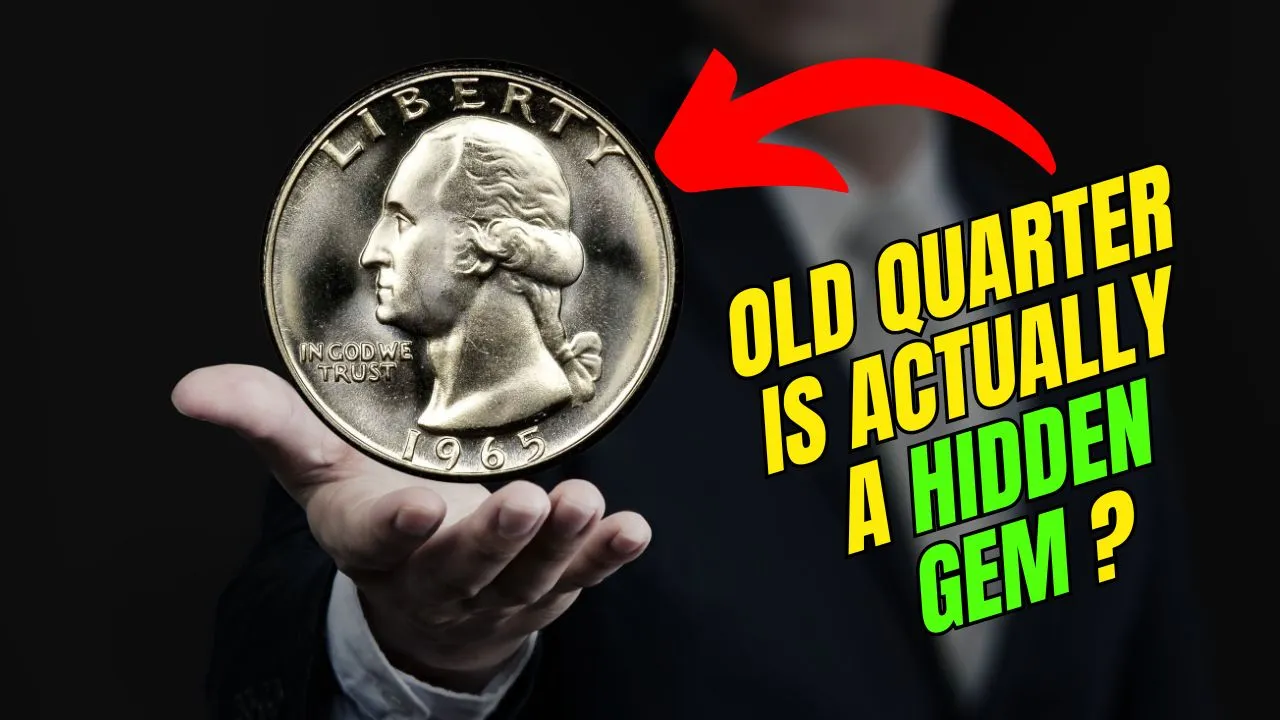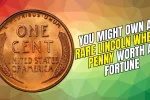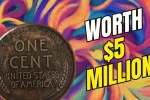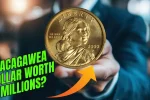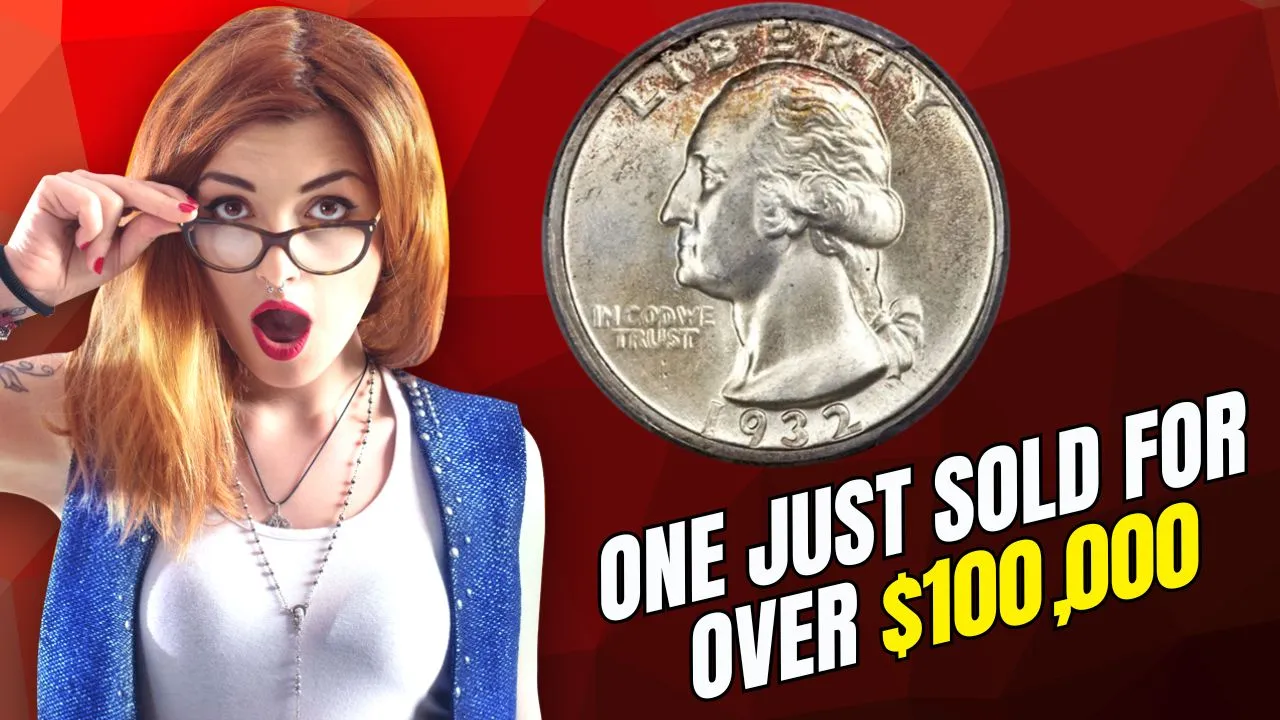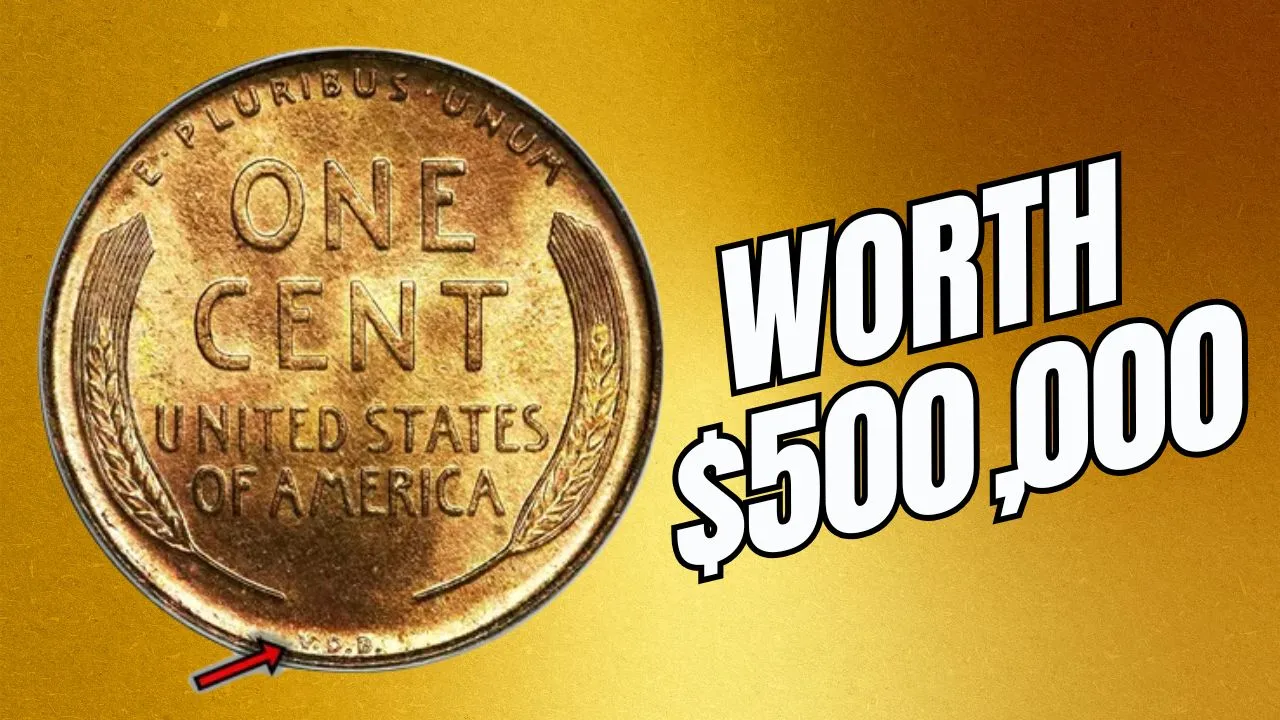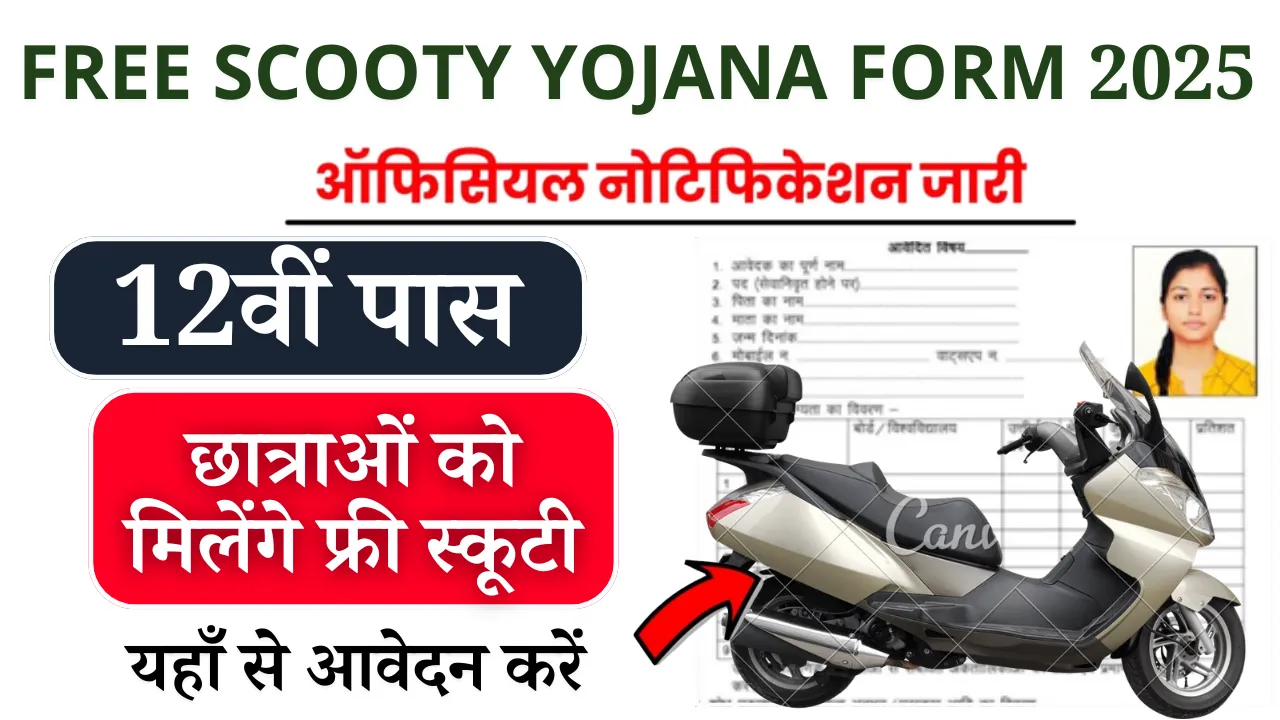Old Quarter: It’s easy to overlook spare change. Most of us toss coins into jars, leave them in our cars, or spend them without a second glance. But what if one of those quarters could be worth thousands—or even hundreds of thousands—of dollars? Recent stories suggest that certain rare quarters are quietly circulating, and their total potential value could reach an eye-popping $2.5 billion.
Across the country, coin collectors and curious citizens are now scouring their wallets, hoping to find one of these hidden gems. What might seem like an ordinary old quarter could actually be part of a multi-billion dollar treasure trove hiding in plain sight.
Old Quarter: A Modern-Day Treasure Hunt
The search for a valuable old quarter isn’t just for professional collectors anymore. Everyday people are discovering coins with small errors or unique designs that make them extremely valuable. The idea that an old quarter could be part of a hidden fortune has sparked national interest, turning casual spenders into amateur treasure hunters. With rare coins from the 1970s and early 2000s commanding impressive prices at auction, the right quarter could change your financial story overnight.
Overview Table
| Coin Type | Why It’s Valuable | Estimated Value |
| 1976 Bicentennial Quarter (Errors) | Double-die strikes or struck on silver | $100 – $10,000+ |
| 1999–2008 State Quarters (Rare editions) | Low mintage or design flaws | Hundreds to thousands |
| Wisconsin State Quarter (Extra Leaf) | Minor design error | Up to $6,000 |
| 1970-S Quarter (Wrong planchet) | Struck on Canadian silver coin | Over $30,000 |
| Graded Error Coins | Authenticated by coin grading services | High value based on condition |
The Quarter That Could Change Everything
While most quarters are mass-produced and have no special value beyond their face amount, some hold unique traits that make them stand out. These rare traits include double-die errors, wrong metal types, or special design features. A perfect example is the 1976 Bicentennial quarter, which was minted to celebrate 200 years of American independence. Certain errors from this series—like coins struck on silver planchets—are now fetching thousands of dollars.
Another source of interest is the state quarter series from 1999 to 2008. Though many were produced, some versions contain rare mistakes or were made in very limited numbers. These details, while small, can significantly boost a coin’s market value.
Why These Coins Are Worth So Much
Coin values depend on a combination of rarity, demand, condition, and unique characteristics. The more unusual the coin and the fewer of its kind that exist, the more collectors are willing to pay. For example, coins that were misprinted, struck with the wrong design, or made from the wrong metal are often seen as collector’s gold.
Grading services play a big role in determining a coin’s value. Coins authenticated and graded as high quality are often worth much more. Even coins that appear worn can still be valuable if they feature rare characteristics or were produced in error.
Real-Life Stories Fueling the Frenzy
Across the country, ordinary people are discovering that their spare change holds unexpected value. One man uncovered a rare Wisconsin quarter with an extra leaf design on the corn stalk—a tiny flaw that led to a big payday. He sold it for thousands of dollars.
In another case, a collector came across a quarter mistakenly struck on an old foreign coin, creating a one-of-a-kind collectible. That particular quarter sold for more than $30,000 at auction. Stories like these have gone viral, sparking a nationwide search among people who never expected their pocket change to be valuable.
How to Check If You Have One
If you’re wondering whether the old quarter in your wallet could be valuable, here are a few things to look for:
- Check the year and design: Focus on quarters from 1976 and the state series between 1999 and 2008.
- Look closely for errors: Use a magnifying glass to spot details like doubling, unusual marks, or off-center features.
- Pay attention to the coin’s edge: Quarters struck on silver or foreign planchets may look and feel different.
- Review mint marks: These small letters (D, P, S) can help identify where the coin was made and may point to rarer variants.
- Get a professional opinion: If something looks off, it’s worth contacting a coin expert or having the coin graded.
Even if the coin appears old or worn, it could still be rare enough to command a strong price from collectors.
A $2.5 Billion Opportunity?
Experts believe that rare quarters currently in circulation—either through everyday transactions or hidden in forgotten collections—could collectively be worth more than $2.5 billion. These include coins with known errors, special mint runs, or those that have simply been overlooked by past generations.
The rise in coin collecting, especially among younger hobbyists, has increased demand for these rare pieces. Now more than ever, there’s real motivation to inspect your coins. That quarter in your pocket might not just be change—it could be treasure.
Final Thoughts
It may sound incredible, but coins that have been in circulation for decades are now turning up in homes, wallets, and old collections, carrying hidden value. Whether it’s an error in design, a unique minting process, or a rare material, an old quarter can sometimes be worth far more than twenty-five cents.
So before you spend your change or cash in that coin jar, take a moment to look it over. You never know—you could be holding a valuable piece of history right in the palm of your hand.
FAQs
1. Which quarters should I look at for potential value?
Start by checking 1976 Bicentennial quarters and state quarters from 1999–2008. Pay attention to errors or design differences.
2. Are newer quarters ever valuable?
Yes, even recent quarters can be worth a lot if they were part of limited mint runs or have noticeable minting errors.
3. What tools can help me identify a rare quarter?
A magnifying glass is useful to spot small details. You can also consult coin guides or join collector forums for comparisons.
4. Where can I get a coin appraised?
Visit a local coin dealer or use trusted grading services to evaluate your coin’s condition and value.
5. Can I legally sell a rare quarter I find?
Absolutely. As long as the coin is not counterfeit or stolen, selling rare coins is entirely legal and common among collectors.
